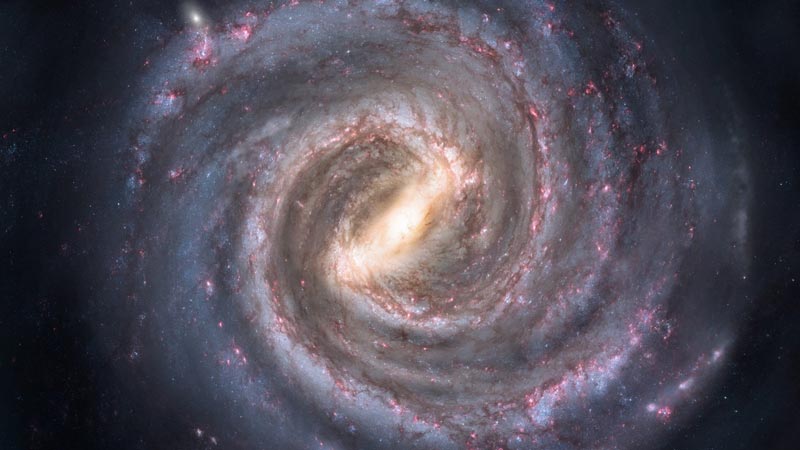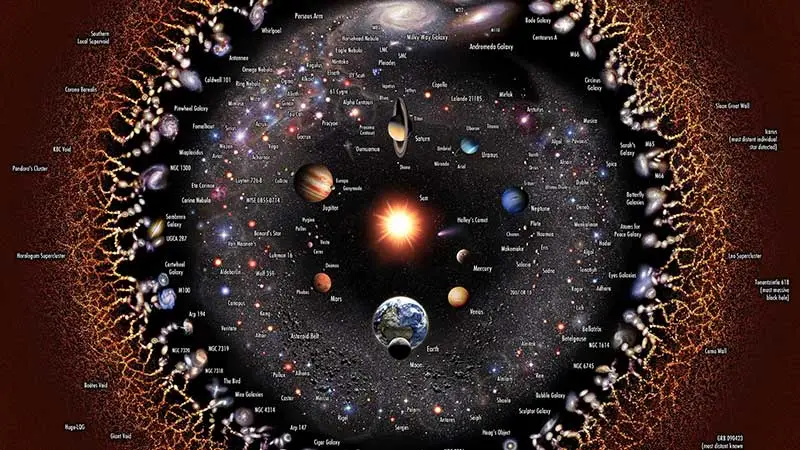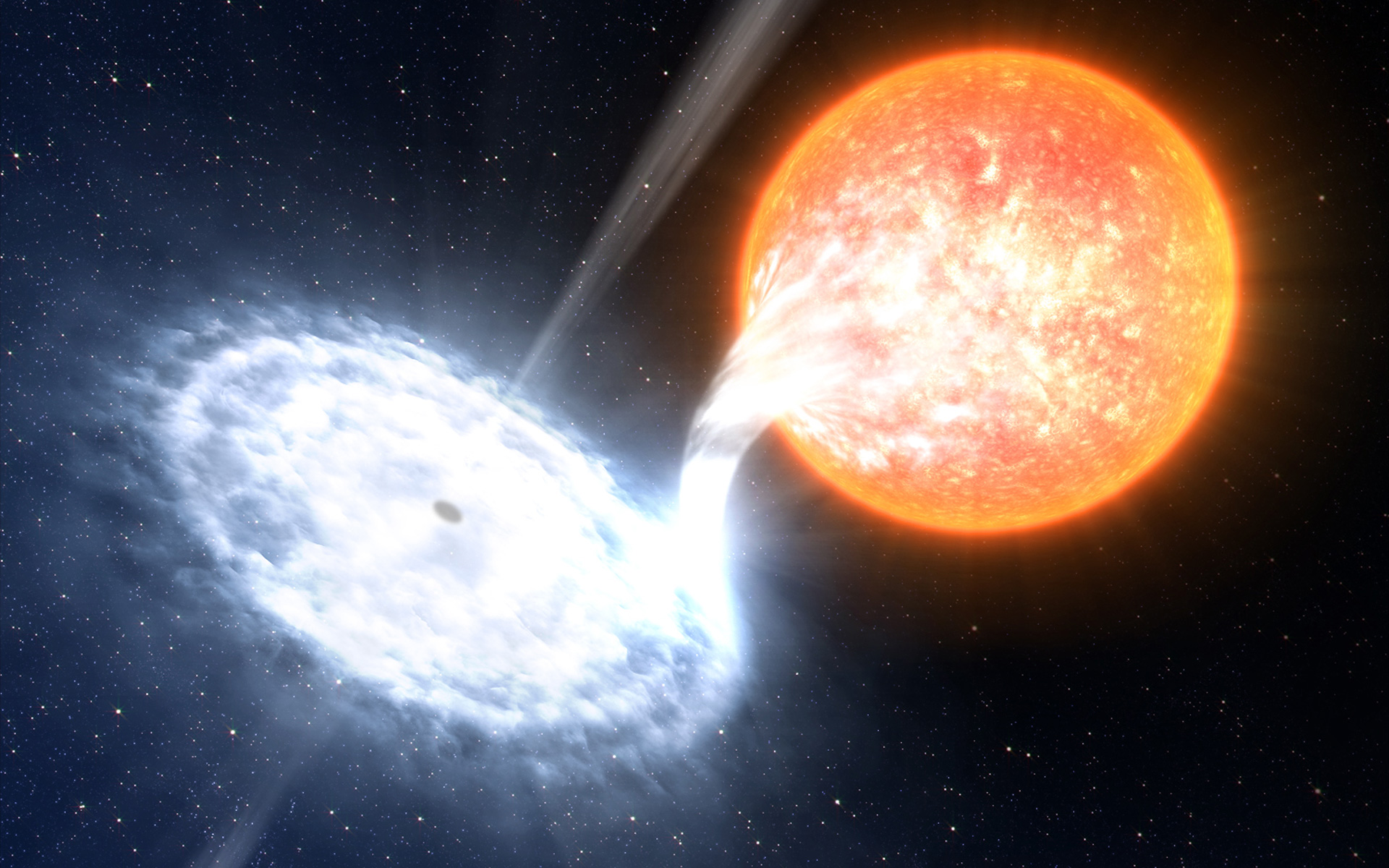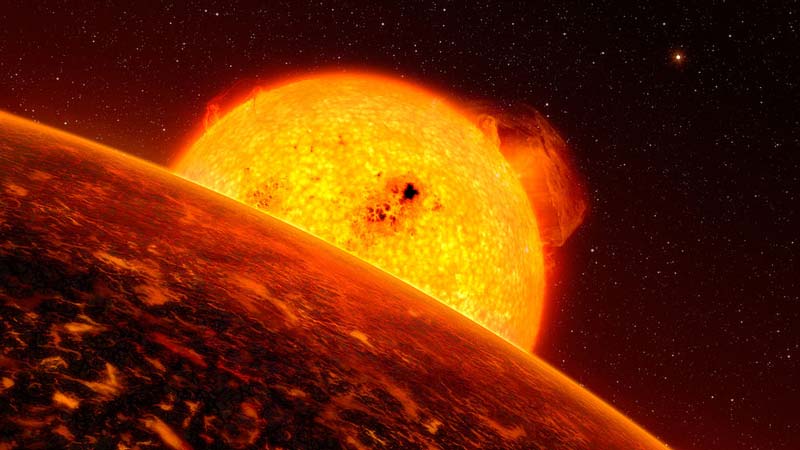Table of Contents

NASA Solar System Ambassador,
Astronomical League Master of Outreach,
Cruise ship speaker on Astronomy & space science,
Amateur astronomer and photographer for 50 years
If you’re reading this you probably have at least a moderate interest in astronomy, and it’s likely you know that a galaxy is a large, gravitationally bound system of stars. Dwarf galaxies like the Small Magellanic Cloud may only have a few hundred million stars, while the largest galaxies have hundreds of trillions of stars.
The Milky Way
Our galaxy, the Milky Way, contains between 100-400 billion stars. It’s difficult to know precisely because the majority of the stars are too dim to see. We do believe the mass of the Milky Way is about 100 billion times the mass of our Sun, which is one way we can estimate.
Barred Spiral Galaxy
For many years we have known the Milky Way is a spiral galaxy. But in 2004 data from the Spitzer Space Telescope showed this is not your ordinary spiral. If you could look down from on top, we now understand you’d see a barred spiral galaxy.
The Sloan Digital Sky Survey created highly detailed 3D maps of our universe, including an unprecedented view of our Milky Way galaxy.
Now, with Ripples
In studying this data, astronomers discovered that rather than a flat disk, as what was expected, the plane the milky way is corrugated. Imagine throwing a stone into a still pond. The ripples that result are similar in shape to what we see in our own galaxy. At 4 major ripples have been identified.

This study also determined the diameter of our galaxy is closer to 170-200,000 light years, rather than the 100,000 light years previously assumed. As you move away from the center of the galaxy, the concentration of stars diminishes.
Where are we located?
Our Sun is located about 26,000 light years from the center, on the inner edge of what is called the Orion Arm. The Orion Arm is attached to a much larger arm called the Perseus Arm.
One way astronomers measure distance to stars is to look for Cepheid Variables. Cepheid’s are special types of stars that vary their intrinsic brightness in a recognizable pattern. They are used as ‘standard candles’.
If we spot a distant star exhibiting a Cepheid’s pattern of brightness changes, we then measure its apparent brightness. Since we already know the true brightness of Cepheid variables, and we know the apparent brightness of any object varies with the inverse square of its distance, it’s a simple matter to compute its distance from Earth.
Warped
Astronomers mapped the location of Cepheid variable stars in the observable portions of our galaxy. The data revealed our galactic disk is not shaped like flat disk. It’s warped up on one side and down on the other.
Why is it warped? We don’t know for sure, but the current thinking is it was warped through a past interaction with a passing dwarf galaxy or perhaps dark matter.

So what is the true shape of our galaxy? It’s a warped, rippled, barred spiral galaxy.






“This study also determined the diameter of our galaxy is closer to 170-200,000 light years, rather than the 100,000 light years previously assumed.”
Does that mean that we are roughly as large as the Great Andromeda Galaxy, M31? Recent studies have also found the Milky Way to be the more massive galaxy, something which seemed odd under the older assumption that the Milky Way was considerably smaller.
Hi, thanks for your great question. The answer is Andromeda is clearly larger. However it gets murky because some studies include the dark matter halo (which is a significant amount of the mass) but we are not really sure how big/far this extends for either galaxy. When you have a spiral galaxy and stars become more tenuous the further from the core you get, it’s somewhat debatable where the ‘end’ is.
Very interesting stuff! It’s good to know that the Milky Way is no longer simply the little step-sister of M31 — although why I should care about how they compare in size remains mysterious. According to Wikipedia, which on scientific matters is usually reasonable accurate and up to date; “The Andromeda Galaxy has a diameter of about 220,000 ly (67 kpc), making it the largest member of the Local Group in terms of extension, if not mass.” Now assuming those numbers and the new ones on the MW are accurate, your comment that M31 is “clearly larger” would also be correct. And yet if it turns out that M31is a bit smaller and the MW only a few percent larger then the new estimates the two of them would be roughly the same size. Obviously that is not the most likely outcome, it could, for example, turn out that it’s the other way round and that the new MW estimates are too large and the M31 numbers either accurate or also a bit too small. In any case, the two galaxies are probably much closer in size than we have been told for the last several decades, something which should have interesting consequences for how we understand their interaction over the last few billion years. If they were also “born” together along with most of the rest of the Local Group, — probably not very likely — that too might be revealed through such an extended study of their kinematics. In any case, it looks like we will need to abandon the old view I grew up with that the LG is dominated by M3. Oh, if only we could send a space probe out a few million light years to image the galaxies from afar! Don’t hold your breath on that one, however.